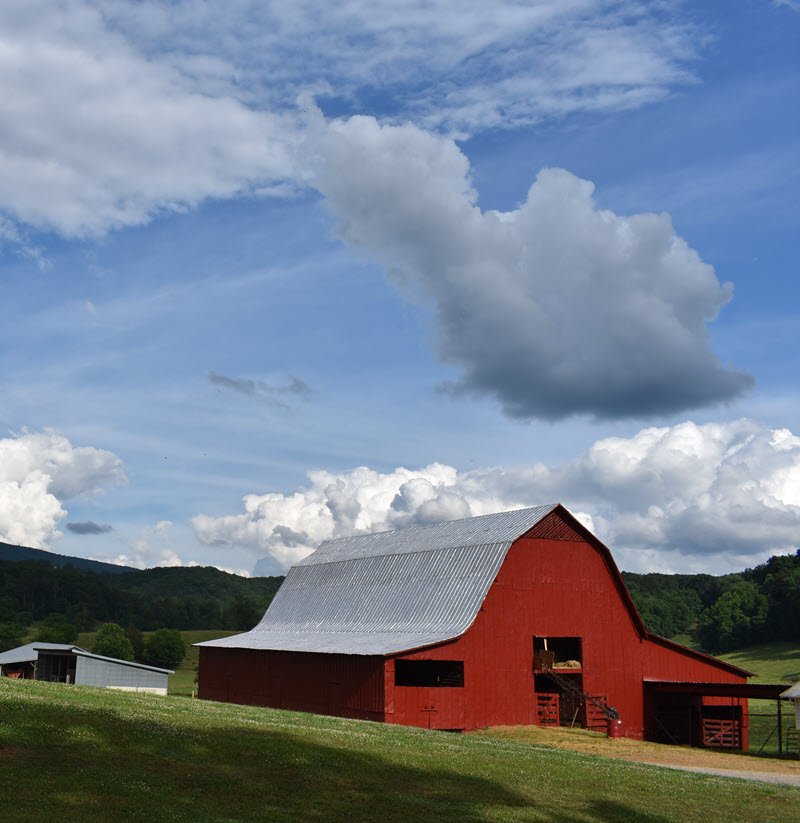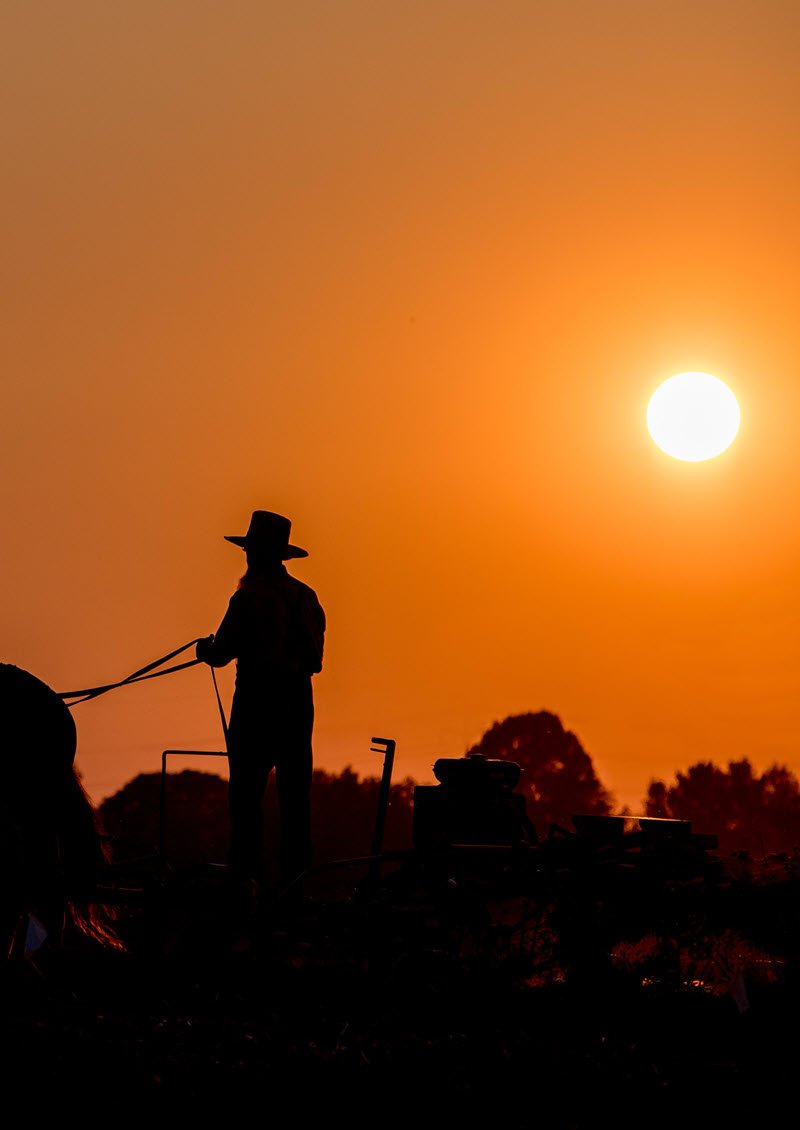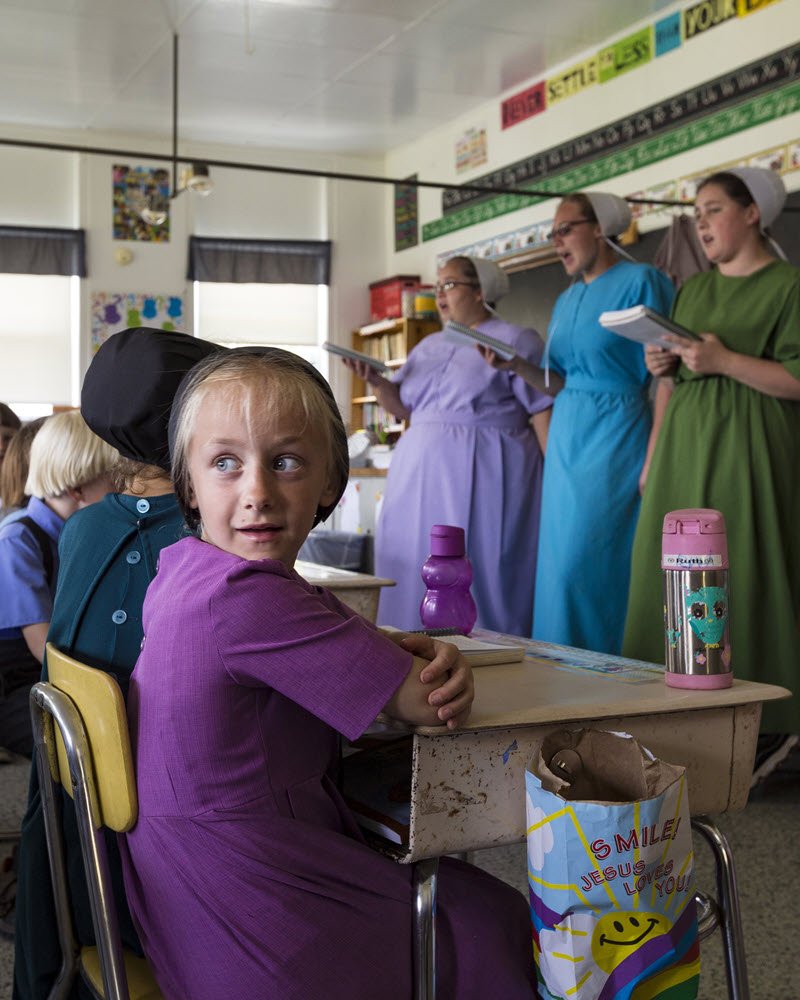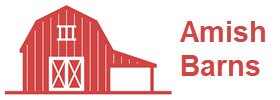
The Amish in Pennsylvania
About 300 years ago, groups of peasant farmers from the Rhine region of Germany migrated to southeastern Pennsylvania. These settlers came to take advantage of religious freedom being offered by William Penn. They included settlers of plain dress -Amish and Mennonites – and others of more “worldly” or “fancy” dress – Lutherans and other Reformed groups. Over time, these settlers became known as “Pennsylvania Dutch”.
The First Amish
The Amish first began migrating to the colony of Pennsylvania in the eighteenth century, where William Penn had declared freedom of religion, and welcomed immigrants from Europe to settle. They were part of a larger migration from the Rhineland-Palatinate and neighboring areas in Germany. They came, along with their non-Anabaptist neighbors, largely to avoid religious wars and poverty, but also to escape religious persecution.
The first immigrants went to Berks County, Pennsylvania, but later moved, motivated both by land issues and by security concerns tied to the French and Indian War. Many eventually settled in Lancaster County, Pennsylvania. Amish congregations that remained in Europe slowly merged with the Mennonites.
The Amish and Modern Technology

Amish Lifstyle
Amish lifestyle is dictated by the Ordnung. This is a German word that means order. The meaning differs slightly from community to community. Groups may disagree and even separate over minor matters such as the width of a hat-brim, the color of buggies, as well as larger issues such as the use of automobiles, electricity, or telephones.
The use of tobacco (excluding cigarettes, which are “worldly”) and moderate use of alcohol are generally permitted, particularly among older and more conservative groups.
The Order
The Amish, especially those of the Old Order, are probably most known for their avoidance of certain modern technologies. The Amish do not view technology as evil, however; and individuals may petition for acceptance of a particular technology in the local community.
In some communities, the church leaders meet annually to review such proposals. In others, it is done whenever necessary. Electricity, for instance, is viewed as a connection to, and reliance on, “the World,” which is contrary to the doctrine of separation. The use of electricity also could lead to the use of household appliances such as televisions, which would compromise the Amish tradition of a simple life and introduce individualist competition for worldly goods that would be destructive of community.

In certain Amish groups, however, electricity can be used in very specific situations. For example, if electricity may be used if it can be produced without access to outside power lines.

Clothing Norms
The dress code for some groups includes prohibitions against buttons and zippers, allowing only hooks and eyes to keep clothing closed; others may allow small undecorated buttons in a dark color. In some groups, certain articles can have buttons and others cannot.
The restriction on buttons is attributed in part to their association with military uniforms, and also to their potential for serving as opportunities for vain display. Straight-pins are often used to hold articles of clothing together. In all things, the aesthetic value is “plainness”: clothing should not call attention to the wearer by cut, color or any other feature.
Education
The Amish do not educate their children past the eighth grade, believing that the basic knowledge offered to that point is sufficient to prepare one for the Amish lifestyle. Almost no Amish go to high school, much less to college. In many communities, the Amish operate their own schools, typically one-room schoolhouses with teachers from the Amish community. These schools provide education in many crafts, and therefore are eligible as vocational education and fulfill the nationwide requirement of education through the tenth grade or the equivalent.

Church and Community
The Amish rely on their church and community for support, and thus reject the concept of insurance. An example of such support is barn raising, in which the entire community gathers together to build a barn in a single day. It means coming together to celebrate with family and friends.


